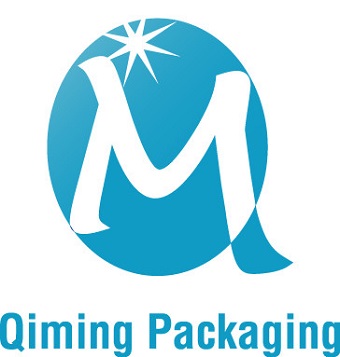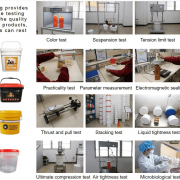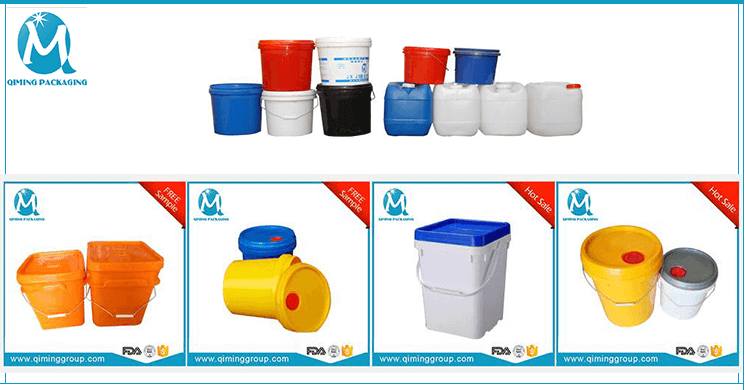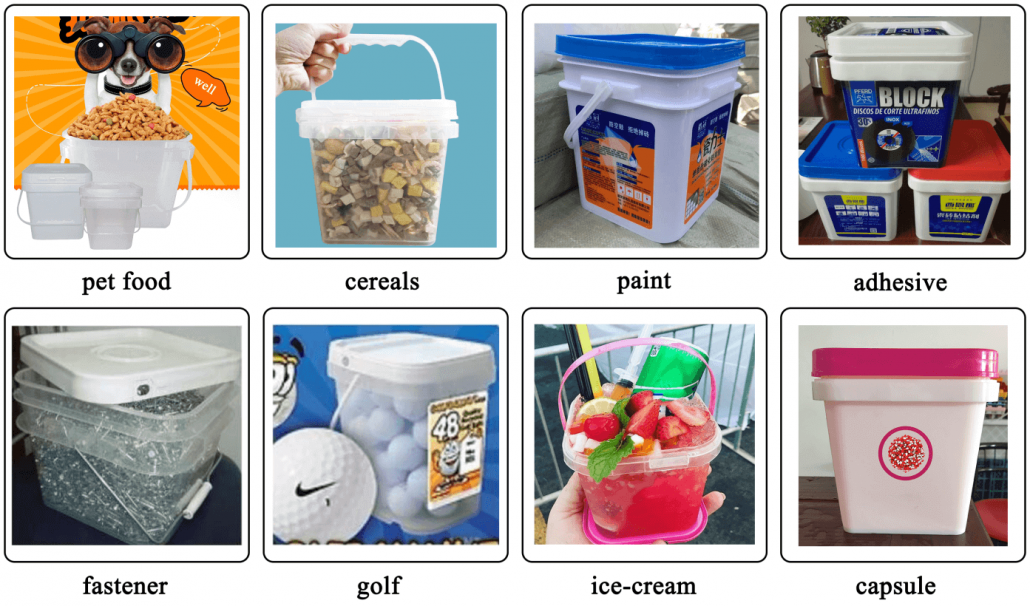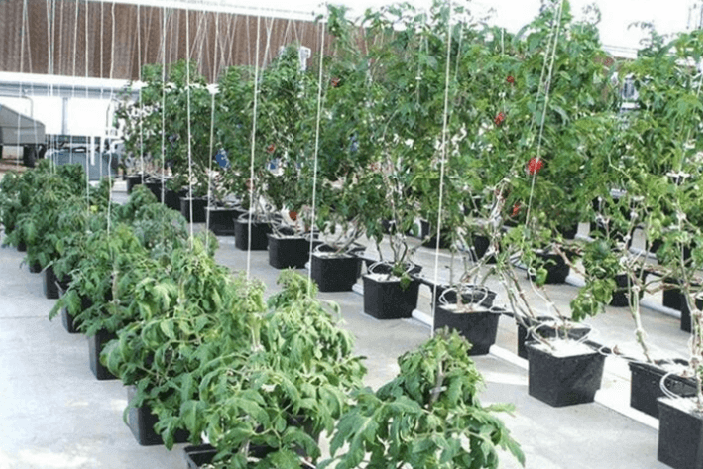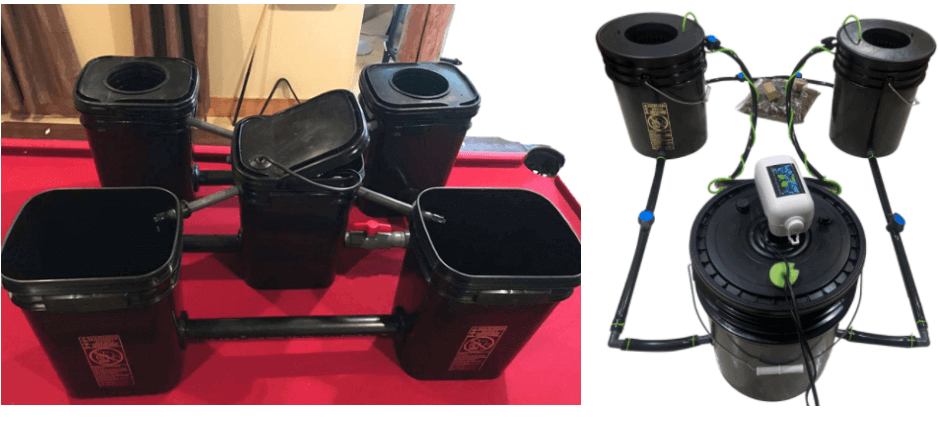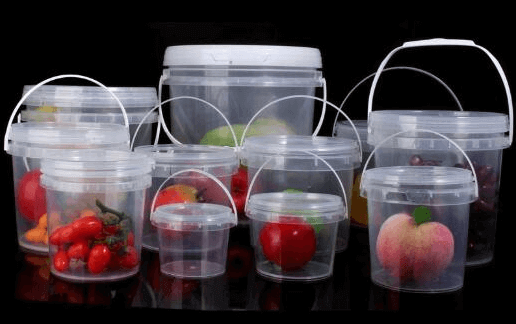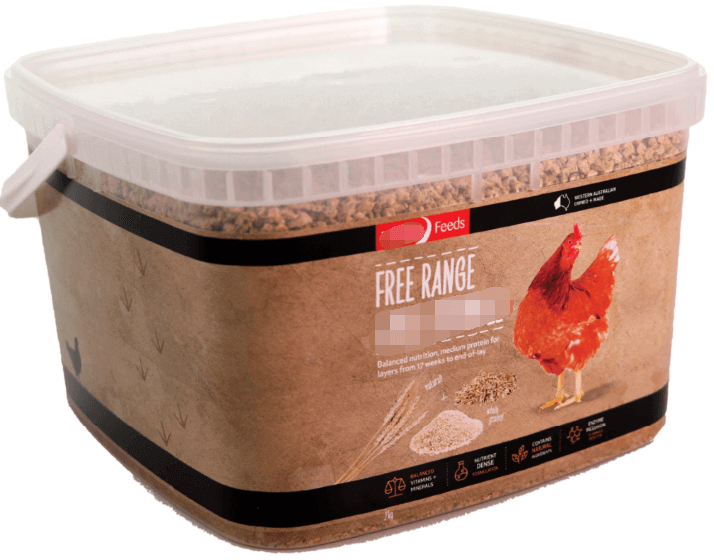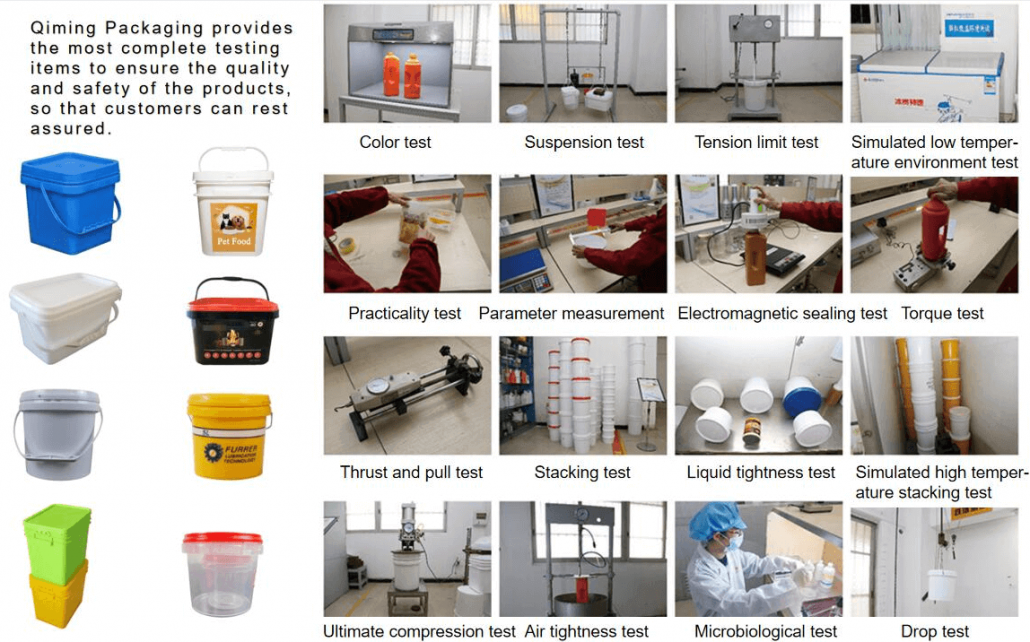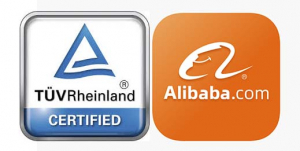Is there any difference between food-grade bucket and an ordinary bucket?
Plastic buckets can be used to hold items, and can also be used to hold food. For the plastic barrels containing items, the main considerations are their quality, whether it is durable, and whether they can maintain the performance of the items. For food-grade plastic barrels, the requirements are even stricter, and they must be safe and non-toxic.
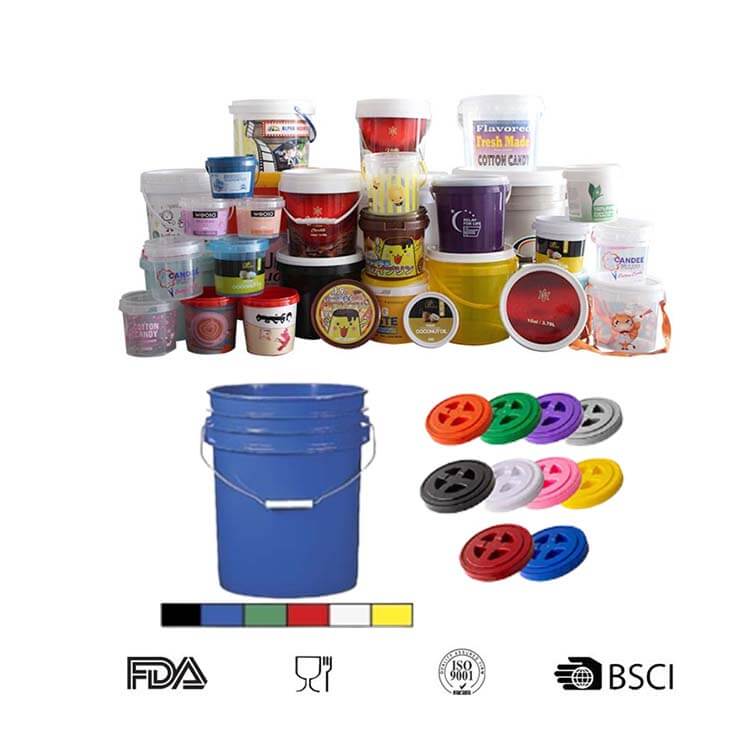
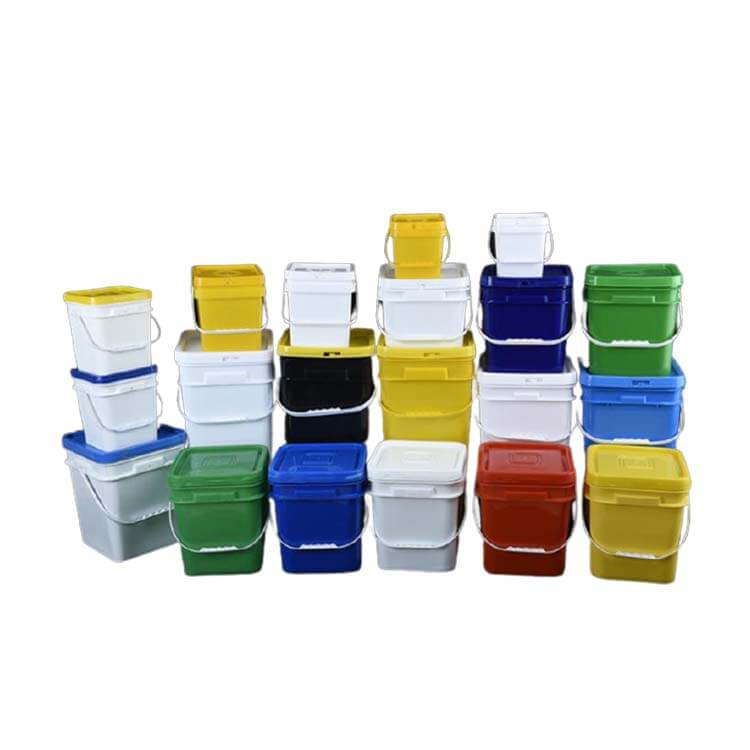
Due to the relatively high cost of food-grade plastics, in order to reduce costs, many manufacturers will wash and granulate some recycled plastics, and then mix them into food-grade plastic raw materials to reduce costs. But these recycled plastics release toxic substances at high temperatures. After these poisonous substances enter the human body with food, they may cause many diseases, and the consequences are very serious.
The main difference between food-grade plastics and ordinary plastics in use is that food-grade plastics will not dissolve harmful substances such as heavy metals under normal conditions and high temperatures, while ordinary plastics will dissolve harmful substances at room temperature or high temperatures, which will cause harm to human health.
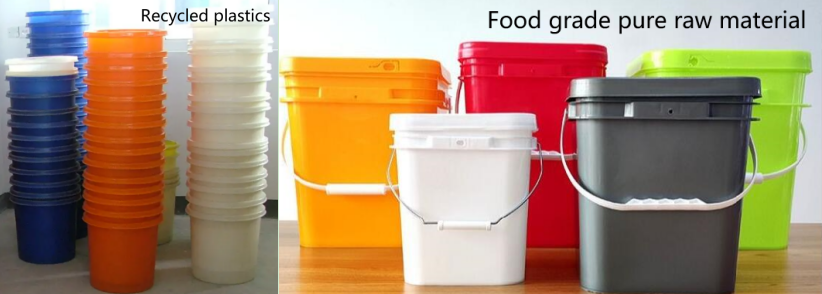
The plastic products we use every day are closely related to our life and health. Therefore, when purchasing and using food-grade plastic buckets, how should we distinguish whether the plastic buckets are food-grade? The following suggestions can help you distinguish food-grade plastic buckets from ordinary plastic buckets at a low cost:
- Before confirming the purchase order, you can ask the seller for the food-grade certification report or food-grade inspection report of the plastic bucket. If the test report shows that the product complies with international food safety standards, then we can buy it with confidence.
- Before using the purchased plastic bucket, carefully observe the appearance of the plastic bucket, whether the surface is clean, free of variegated colors, and whether there is any peculiar smell. The appearance is pure and free of variegation and has no peculiar smell, which meets the requirements of food-grade plastic buckets.
3. The surface of some purchased plastic barrels looks smooth and odorless, but it does not completely mean that the raw materials are 100% pure raw materials. If it is not a pure raw material, after the plastic bucket is filled with food, it will produce a strong odor when it is heated during the high-temperature sterilization process. Therefore, before buying plastic buckets in large quantities, customers can ask for some samples for high-temperature anti-virus testing. If the product has no peculiar smell during the test, then the raw material of the plastic bucket is qualified food-grade plastic.
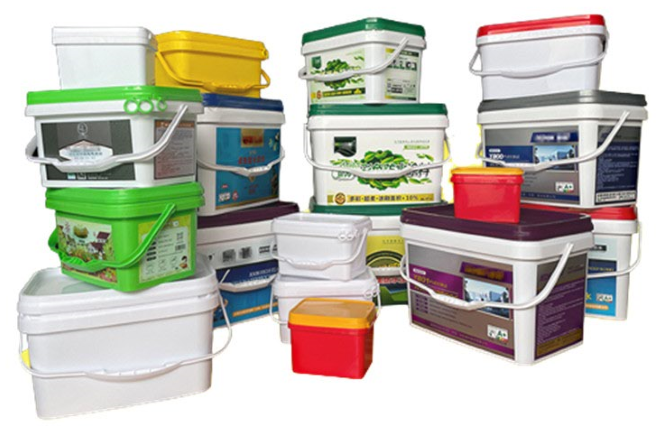
Common food-grade plastics include PE, PP, and PET.
PE, the full name of polyethylene, is a high molecular organic compound formed by the additional polymerization of ethylene. It is recognized as the best material in contact with food in the world. Its biggest feature is non-toxic, tasteless, and odorless, which meets the hygienic standards of food packaging. It is also a commonly used food-grade raw material in our factory. Qiming Packaging is a professional plastic container manufacturer with fully automated plastic product production equipment and a mature plastic injection mold production line, which can produce food-grade and non-food-grade plastic containers to meet customer needs in different markets. We have also accumulated a large number of customers. With high-quality products, high-quality services, and years of foreign trade export experience, we have won the trust of many customers. Our products are also exported to many countries in North America, South America, Europe, Oceania, and Southeast Asia.
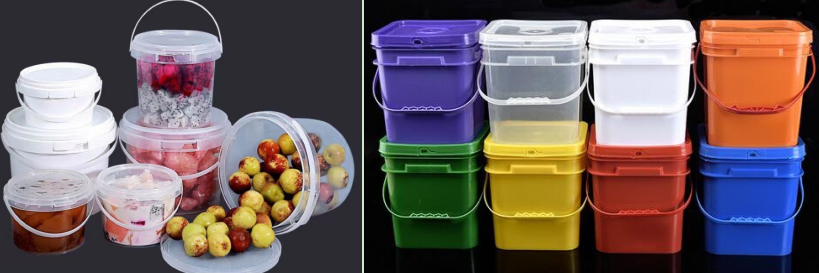
If you are interested in our plastic buckets, you can visit our website (www.qiminggroup.com) or contact us directly by email (mail@qiminggroup.com). We can provide free samples, accept small orders, and food-grade test reports so that you can rest assured to buy and use.
